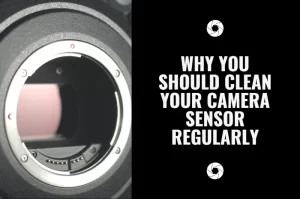Why Do Photographers Watermark Their Photos?
Shop
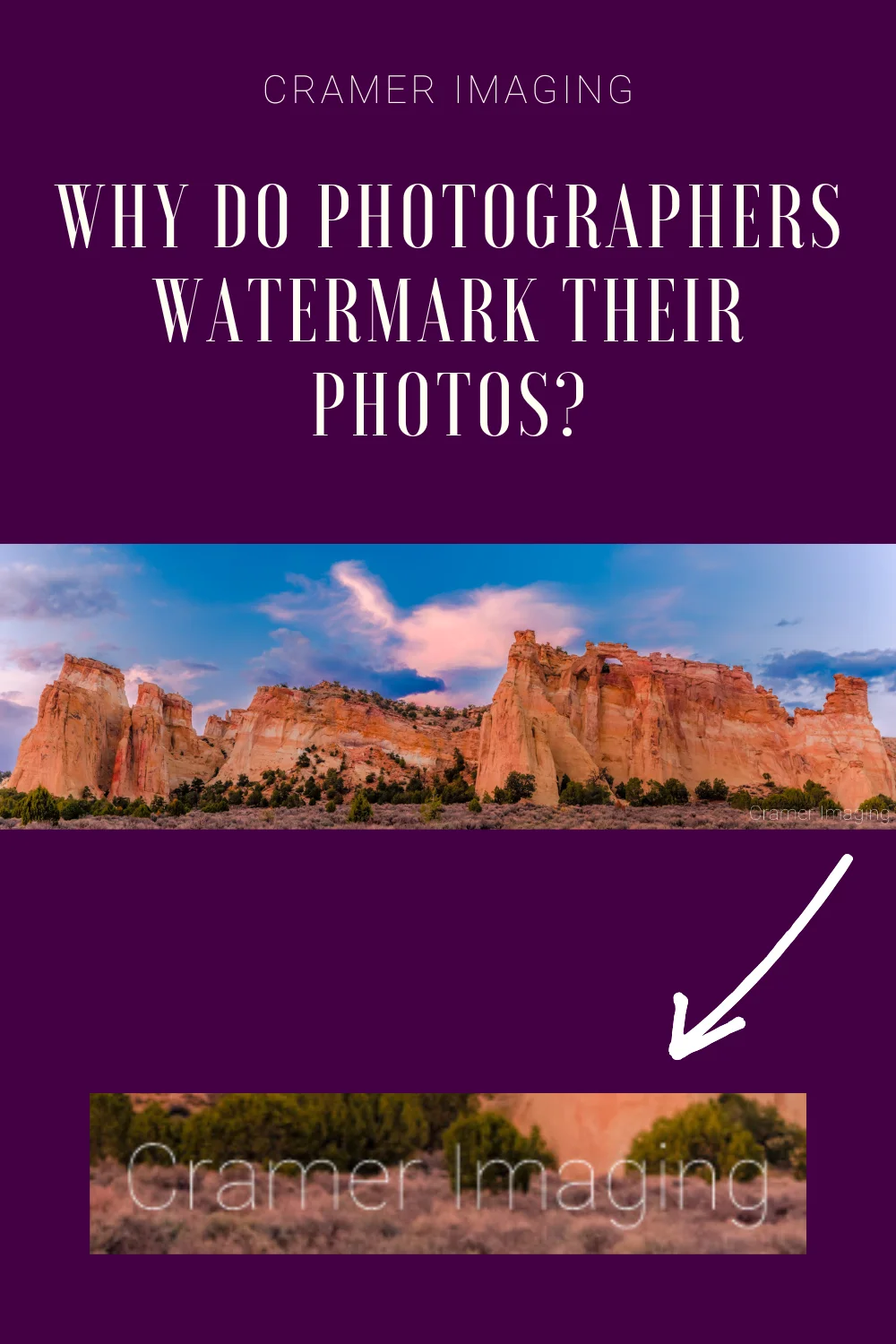
You’ve seen that writing or stamp in the corners of photos. Sometimes it’s more centered in the photos. It usually has the name of a photographer or photography company. It can feel both annoying and like shameless advertising on the part of the photographer. Why do they do something so annoying to the photos which you’ve paid for? That’s what we’re discussing here today: why photographers watermark their photos.
To start off with (and for those who don’t already know), those marks on the photos described above are called watermarks. There’s a good reason why those appear on lots of professional photography these days, especially online. This graphic should easily illustrate what a watermark is for those still unfamiliar with what they are.
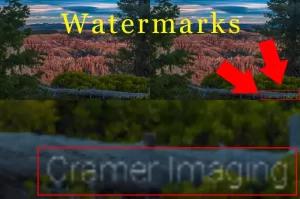
Watermarks on photos, graphics, videos, and other forms of visual media serve two simple purposes: the first is to give credit to the creator and the second is to dissuade people from infringing on the copyright of said creator.
Crediting the Creator
While this may seem like a shameless advertising plug on the part of the creator, and it kinda is, there’s a good reason for adding a watermark to an image. If you like what you see and have a need for the kind of visual media which the creator makes, then you have a good idea of where to start looking for them.

There are other ways of giving credit where credit is due, such as with captions, but lots of photos are viewed detached from where the captions would be. If you run a search for a landscape photo of Bryce Canyon, run into one of my photos and like it, you might find your way onto my webpage or one of my social media accounts. You might not. With a watermark in place in the photo, you are guaranteed to have a place to start looking for me if you wish to hire me for my photography work or buy my photo. Google, Bing, or other search engines can do the rest for you.

I’ve seen one image I created get reposted a ton of different places. You might not be able to track me down without the watermark since not all reposts of that image give a hyperlink to my website or even credit to me for creating the image. With the watermark present, you have my company name to search for if you choose to do so. It doesn’t matter so much if the reposting website gives me credit since I incorporated the watermark.
Dissuading Copyright Violation
This particular topic might sting a bit for some people. However, it is a hugely relevant point. Thanks to the internet and social media, copyright infringement of digital and audio media has become rampant. Most creators, such as myself, want credit for their efforts. Many creators, such as myself, are trying to make a living off of our creative endeavors. We can’t do so if you violate our copyright.
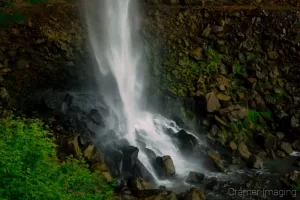
Ok, that probably sounds really harsh and vague. Let’s take the example of a portrait photographer who I ran across in a Facebook group I’m a member of. She shot some portraits for a family (which they were pleased with) and she uploaded those photos to her Facebook page. Later, she received a communication from her client asking her to remove the watermark from the portraits she had posted of the client’s family so that the client’s mother could download them from Facebook and take them to Walgreens to print. This is a severe copyright infringement attempt on the part of the mother and the client.

That photographer is trying to pay her bills and feed her family off her photography endeavors in portraiture. If she allowed the client’s mother to download and print the photos at Walgreens, then Walgreens gets the money for the prints. The photographer herself gets nothing. The photographer is out the money to feed her family. Naturally, the photographer said ‘no’ to this request.
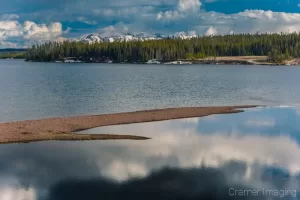
Copyright infringement can be a very expensive and serious legal headache. Should this client have pursued the infringement attempt further, there could have been some legal nightmare in store thanks to the terms and conditions of the portrait contract she had signed with the photographer.
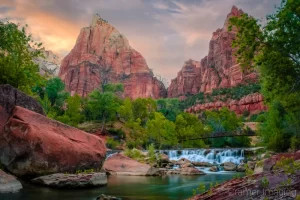
If you would like to read up more about copyright and copyright infringement, I’ve got an article discussing that very topic. Use the link above to read up more on that topic if you’d like a more in-depth approach to copyright issues.
Conclusion
Those annoying watermarks are placed in visual media (such as photos, graphics, videos, etc.) for a reason. The give credit to the creator and they dissuade people from stealing the media and reproducing it without permission.
Those watermarks may be in your face but they’re not going anywhere anytime soon. They’ve been a part of the community for years. Perhaps you now know why photographers watermark their photos.
Best Sellers
Cramer Imaging Newsletter

Receive monthly updates in your inbox from us.

